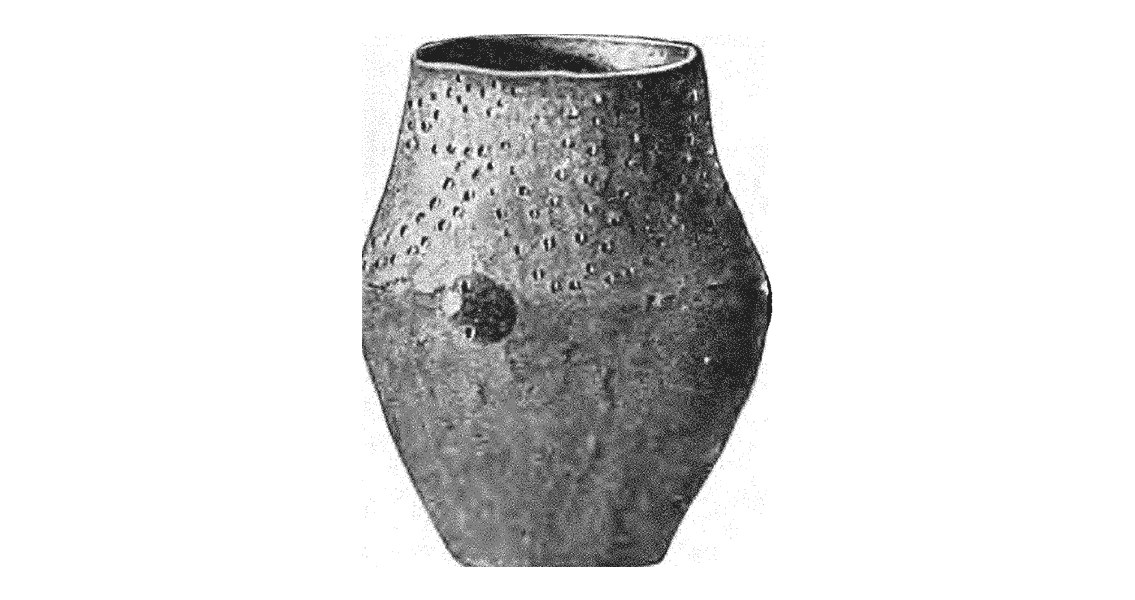<![CDATA[Archaeologists have found a large haul of Neolithic pottery at St. Martin's on the Isles of Scilly. The researchers discovered thousands of pottery shards that are thought to have been created between 3,500 and 3,000 BC. The find was made with the help of volunteers on what is known as the Stepping Stones project. The project was led by Dr. Duncan Garrow, lecturer at Reading University, and was assisted by Fraser Stuart, lecturer at Southampton University. The project started out as a quest to find buildings, but instead ended up finding these precious artefacts. The Isles of Scilly are a group of islands situated off the south western tip of Cornwall, Great Britain. These islands have their own local authority, but are also part of the county of Cornwall. The islands are formally known as the Council of the Isles of Scilly. These islands have been occupied since the Stone Age. The islands depend on farming and fishing to drive their economy, although their main industry is tourism. Scientists and other experts believe that the region was once just a single island named Ennor, but between 400 and 500 AD, sea levels rose and flooded the central plain. This formed what is today an archipelago of 55 islands and islets. Even though the name "Ennor" has not been talked about much, there is a lot of evidence for the older large island. One example is an ancient Roman text that describes Scilly as "Scillonia insula", which means a single island. Another piece of evidence includes the remains of a prehistoric farm on the island of Nornour, which is now a rocky piece of land that is far too small for farming. One of the most convincing pieces of evidence is that at low tide people are able to walk between the islands. Because the researchers were initially searching for buildings, they dug 10 to 12 meter test pits instead of the usual two by two ones. They did find some 30 post holes, but they were not aligned enough to prove that buildings had been there. In their search, the researchers found thousands of pottery shards and flint, and a pit lined with thick layers of charcoal that contained rock crystals and a pierced pebble. They also found a Cornish greenstone mace head, which was basically a Neolithic axe that had a hole through the middle. It is a mystery to the scientists as to how this instrument was created. It would have taken a very long while because the maker would have had to drill out the hole with a wooden bow and abrasive sand. This discovery has been dubbed one of the most important finds in Great Britain. It is also the second major Neolithic site found in Scilly, after Samson. The scientists state that based on these findings, there must have been a substantial Neolithic occupation of the Scilly archipelago. The researchers are now looking to properly date the artefacts, and hope to find more objects that will help them understand the Neolithic history of the Isles of Scilly.]]>
Neolithic Pottery Found on Isles of Scilly
